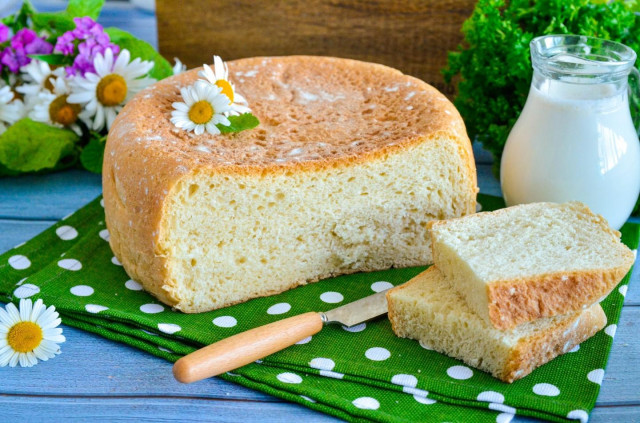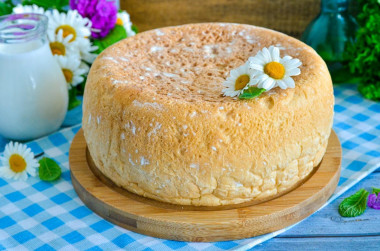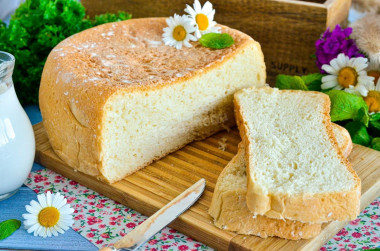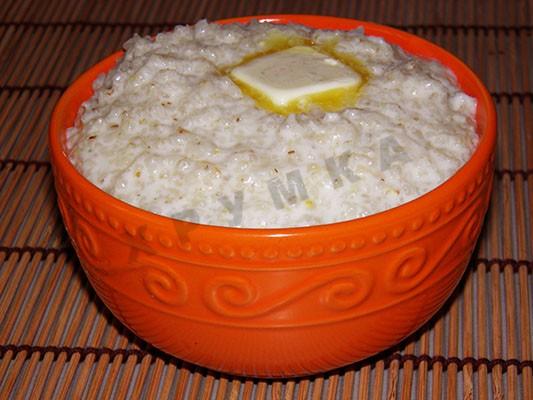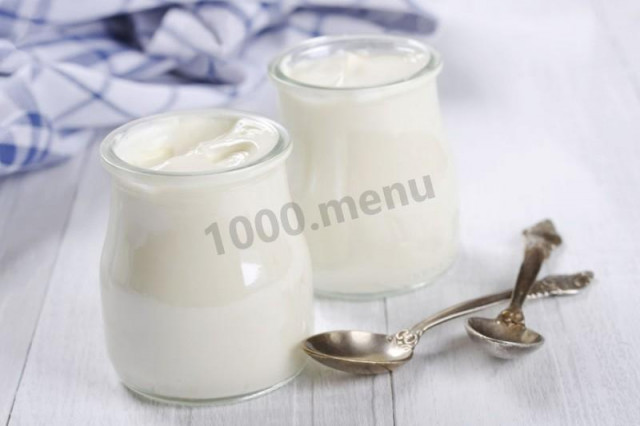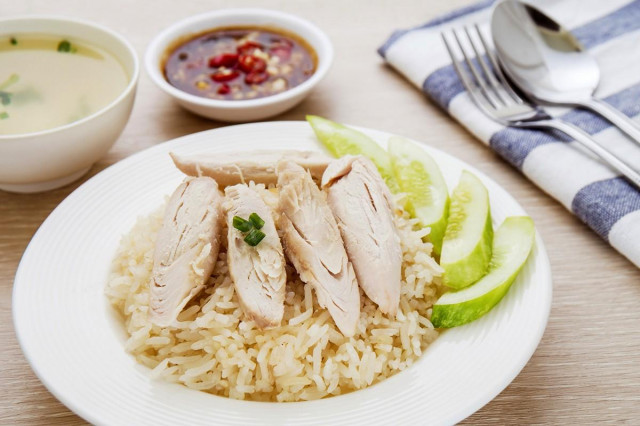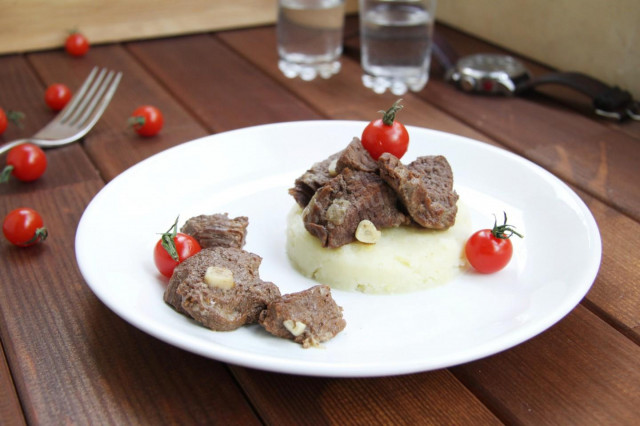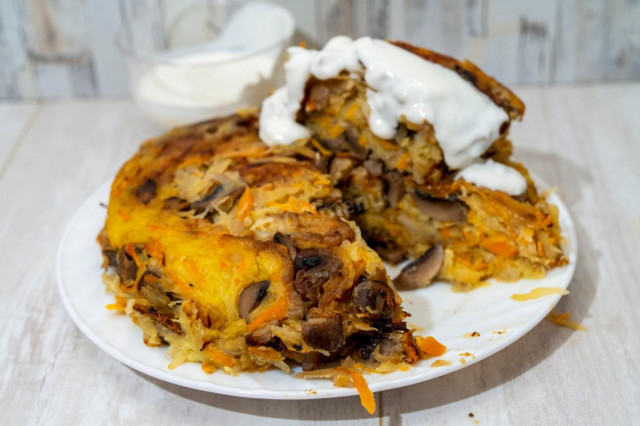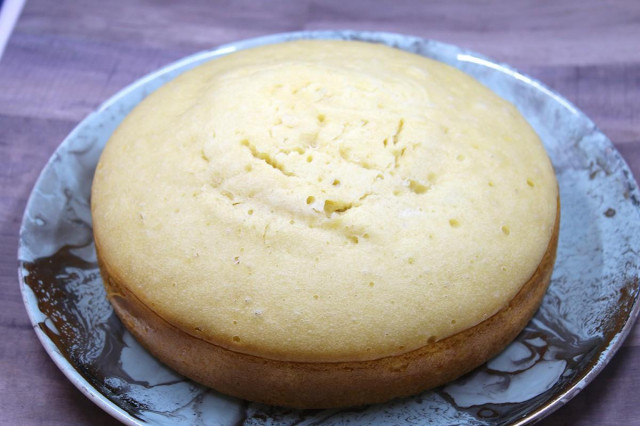Composition / ingredients
Step-by-step cooking
Step 1:
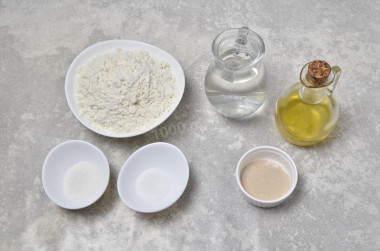
How to make homemade bread in a slow cooker? Prepare the products. I gave the exact amount of flour only for the initial batch, you will add further as needed. Pre-boil the water and cool it to 37-38 ° C. I took olive oil, but any vegetable oil will do. Yeast is fast-acting.
Step 2:

Take a large bowl and sift 450 grams of flour into it. This will not only remove possible debris, but also saturate it with oxygen, which will make the bread more airy and soft. Add salt, sugar and dry yeast to the flour. Stir until all the ingredients are evenly distributed.
Step 3:
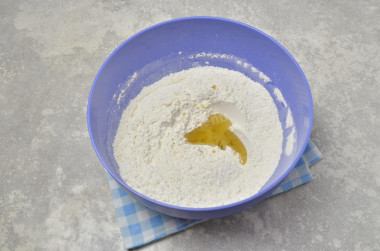
Pour in the vegetable oil.
Step 4:
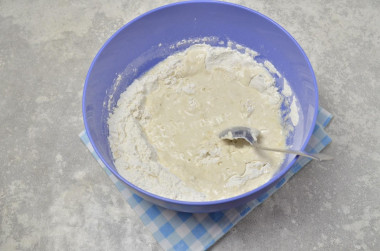
And after it warm water. Temperature is important for yeast activation — they start working in a warm environment. Not in hot, but in warm, otherwise live yeast will die. Start kneading the dough with a spoon.
Step 5:

Then lubricate your hands with a drop of vegetable oil and continue kneading with your hands. You can put the dough on the table, it was convenient for me to knead in a bowl. Knead the dough, adding flour if necessary. Do not overdo it, pour a little, otherwise the bread may come out hard. The dough will gradually become homogeneous and will stop sticking to the walls and hands. In addition to 450 grams, it took me about 50 more. Assemble the finished dough into a ball.
Step 6:
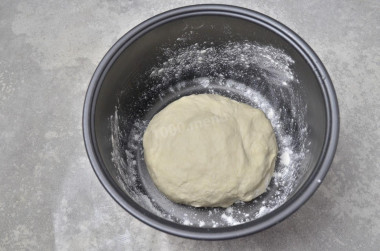
Take the bowl from the slow cooker, lubricate it with a drop of vegetable oil. Sprinkle flour on the bottom and walls. Put a ball of dough in a bowl.
Step 7:
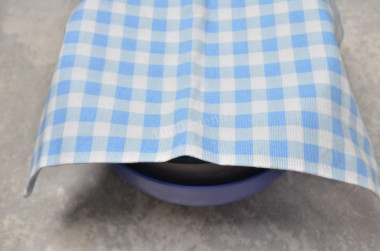
Cover it with a towel and leave it for an hour and a half to rise. To speed up the process, I put the bowl in a bowl of warm water.
Step 8:
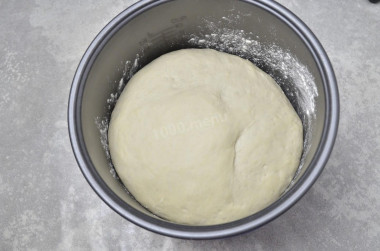
During proofing, the dough should grow in volume 2-3 times. When this happens, move the bowl into the slow cooker, close the lid.
Step 9:
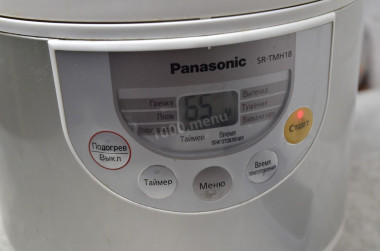
Put a program suitable for baking on the slow cooker, I have it called "Baking". On your model, the program may be called differently. Set the time to 1 hour (I have 65 minutes). If the temperature is set, set 160 °C.
Step 10:
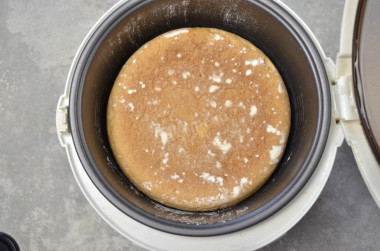
After the end signal, remove the bread using a steamer basket or a regular plate. Turn the bun over and put it back in the bowl, fried side up. Close the lid and bake the bread for another 20 minutes. After the end of the program, take out the bread and let it cool down.
Step 11:

The bread is very tasty and warm. Serve it to the table. Enjoy your meal!
Keep in mind that the cooking time and mode are indicated approximately in the recipe. All slow cookers work differently and even the same models of the same manufacturer may have their own characteristics. Before you start cooking a new dish for you in a slow cooker, carefully study the instructions for it, and then in practice try to cook dishes that are familiar to you first, and then new ones, choosing the mode and time individually for your own technique.
Important! Using dry yeast, it should be borne in mind that they occur in two forms: active and instant (read the instructions carefully before use!).
Active dry yeast looks like beads or small balls. Before applying them, they must be brought out of the "sleep mode". To do this, the active yeast is diluted in warm sweet water, milk or whey. The resulting bubbles, foam or "cap" indicate that the yeast is ready for further use. Active dry yeast must be brought to complete dissolution in the liquid, otherwise, due to the remaining grains, the dough may not rise and the baking will be spoiled (yeast grains that have not dissolved in the liquid and got into the dough will not disperse on their own, which means they will not work).
Instant dry yeast is easier to use. They do not need to be activated before use. Such yeast, along with other ingredients, is simply added to the dough. As a result, the baking time is reduced.
It should also be remembered that both types of dry yeast may differ in their activity from different manufacturers.
Be prepared for the fact that flour may need more or less than indicated in the recipe. Focus not on the amount of flour, but on the desired consistency of the dough. To avoid mistakes, read about flour and its properties!
Caloric content of products possible in the composition of the dish
- Whole durum wheat flour fortified - 333 kcal/100g
- Whole durum wheat flour, universal - 364 kcal/100g
- Flour krupchatka - 348 kcal/100g
- Flour - 325 kcal/100g
- Granulated sugar - 398 kcal/100g
- Sugar - 398 kcal/100g
- Vegetable oil - 873 kcal/100g
- Salt - 0 kcal/100g
- Water - 0 kcal/100g
- Dry yeast - 410 kcal/100g

